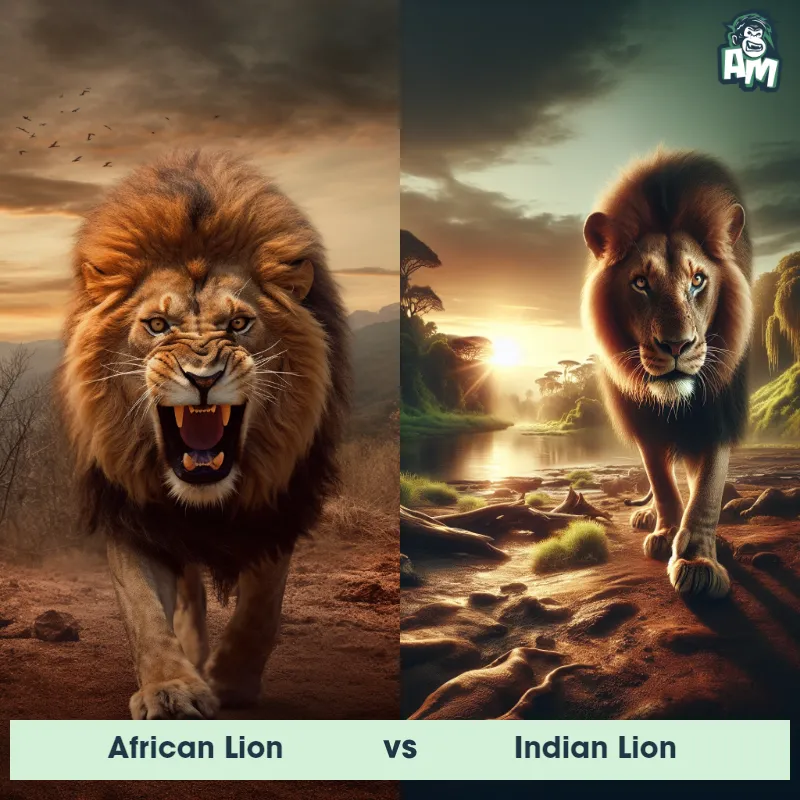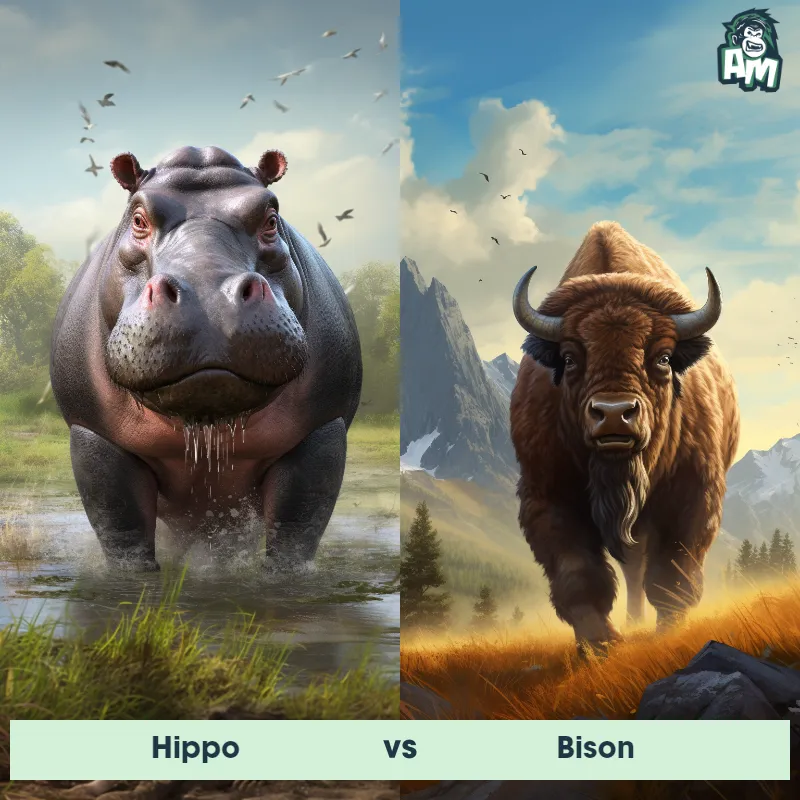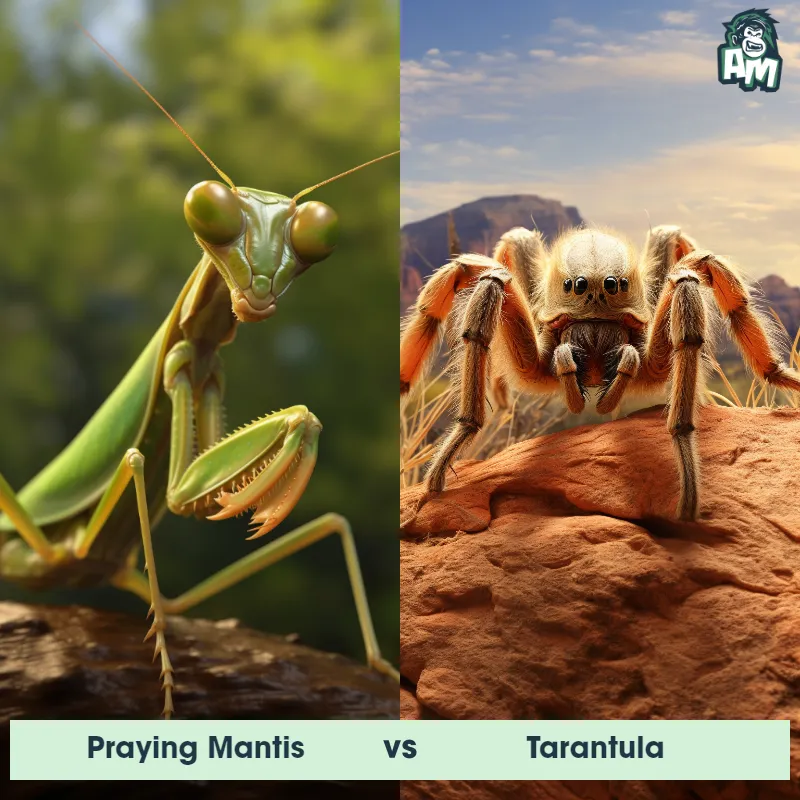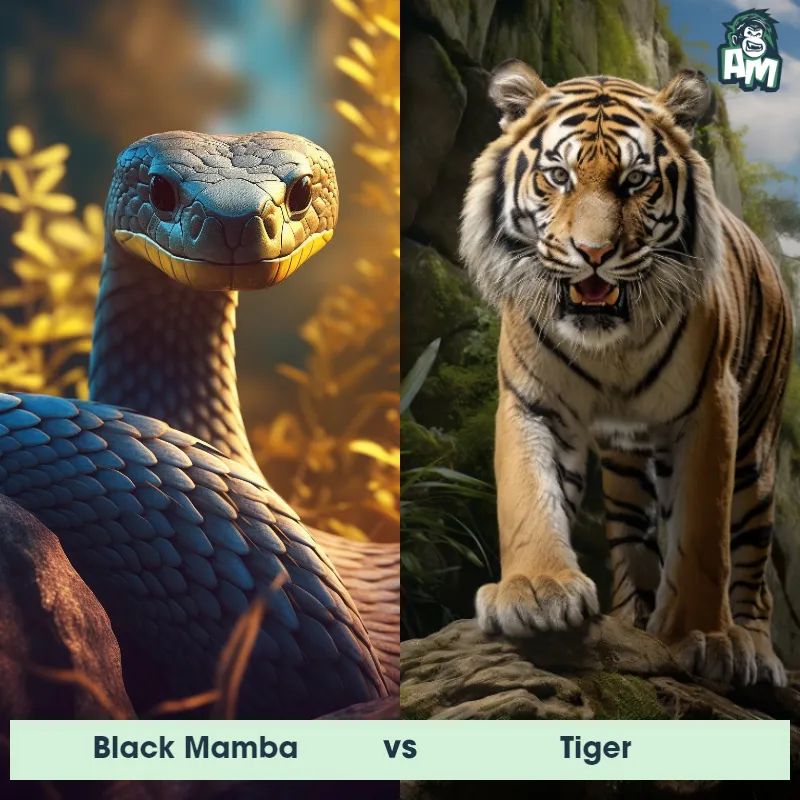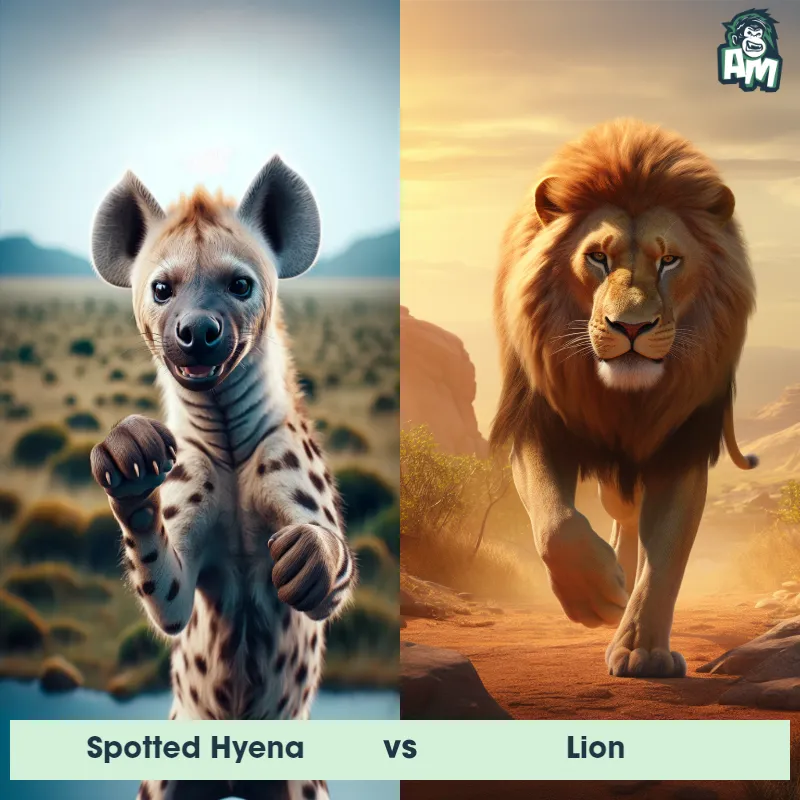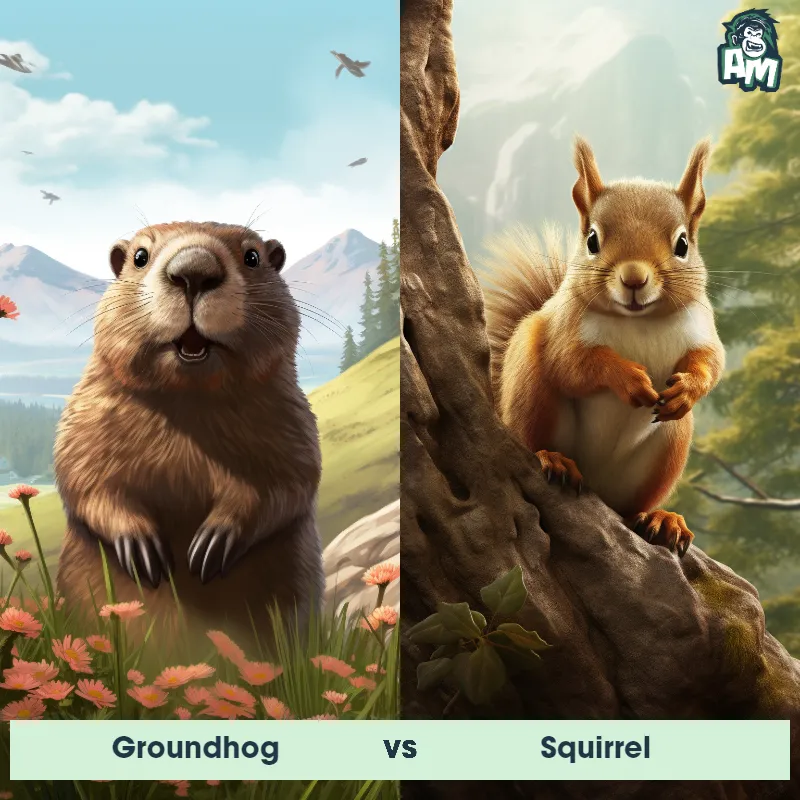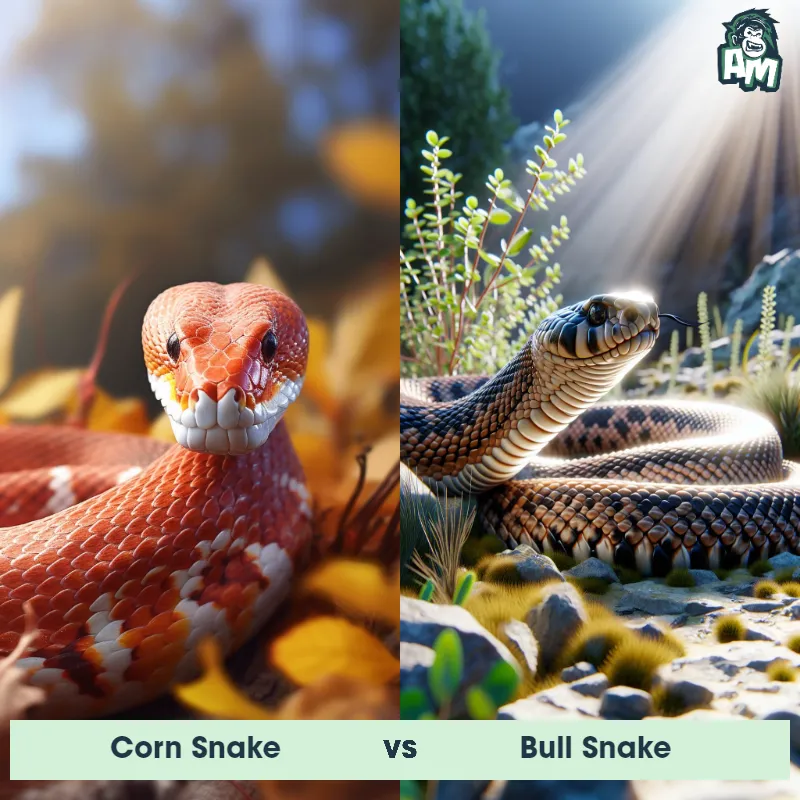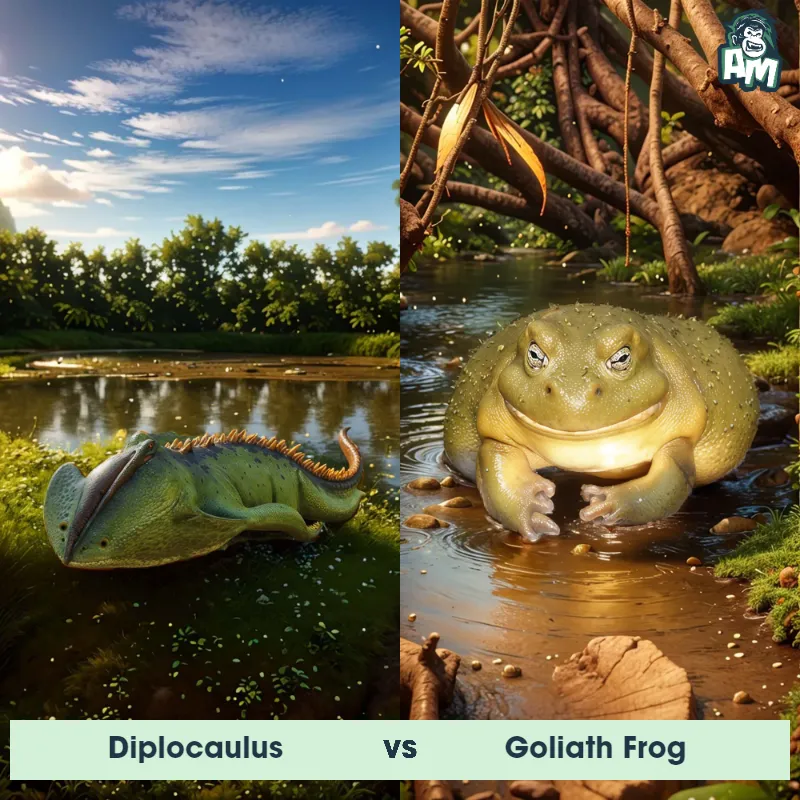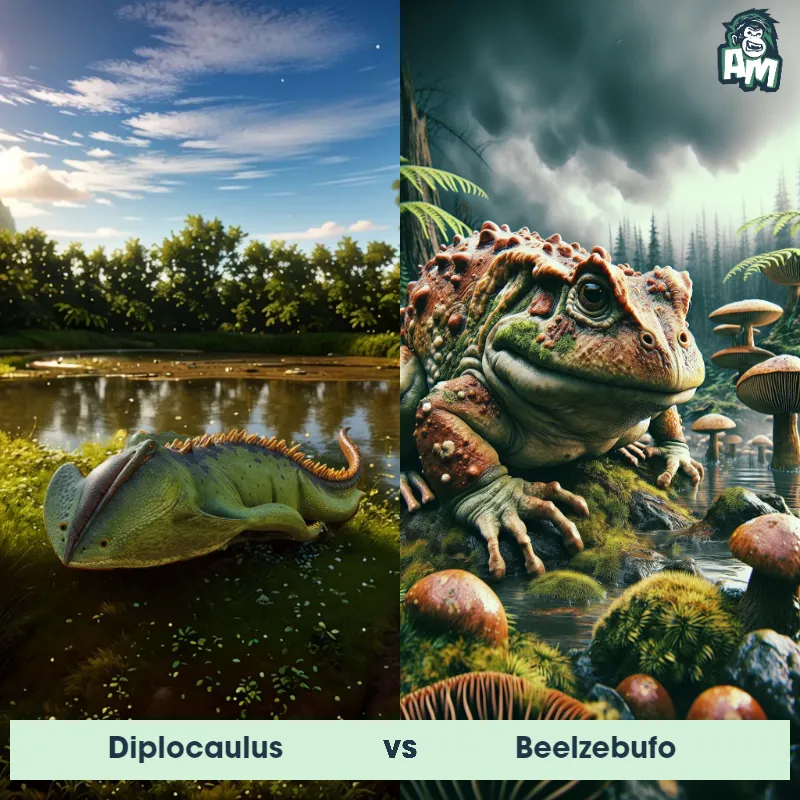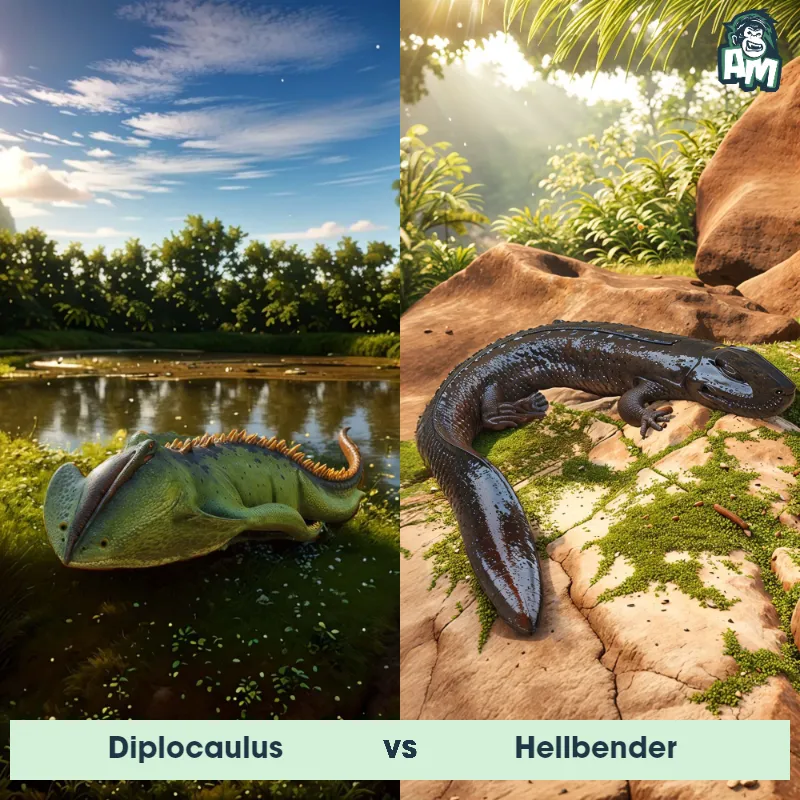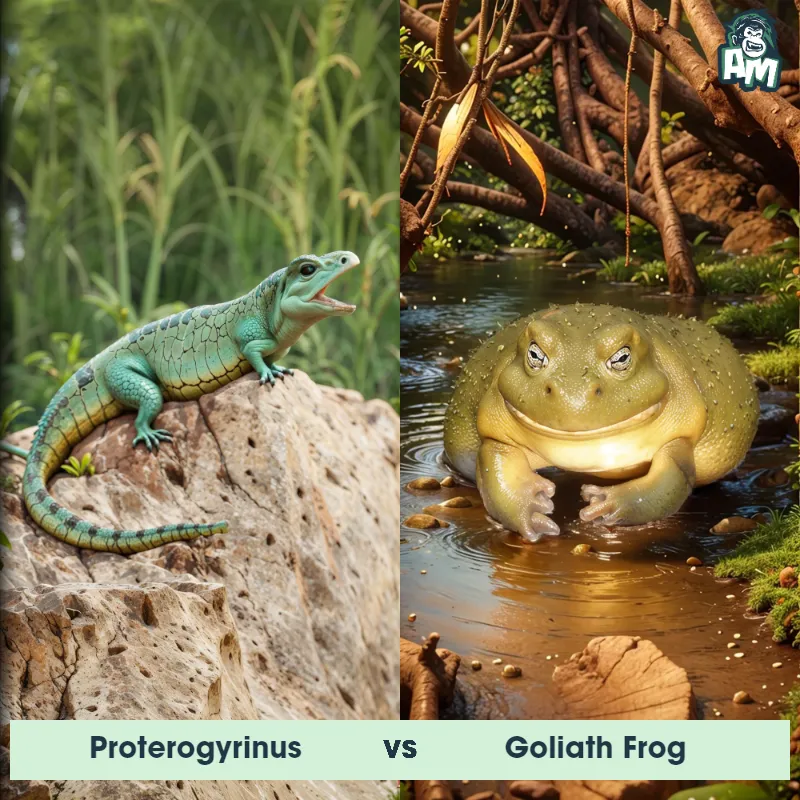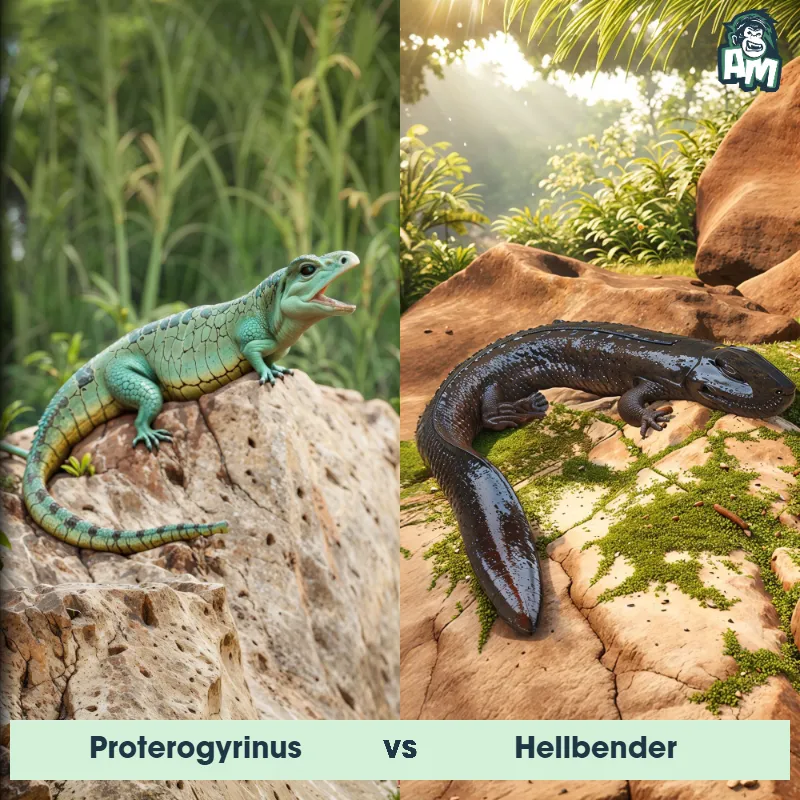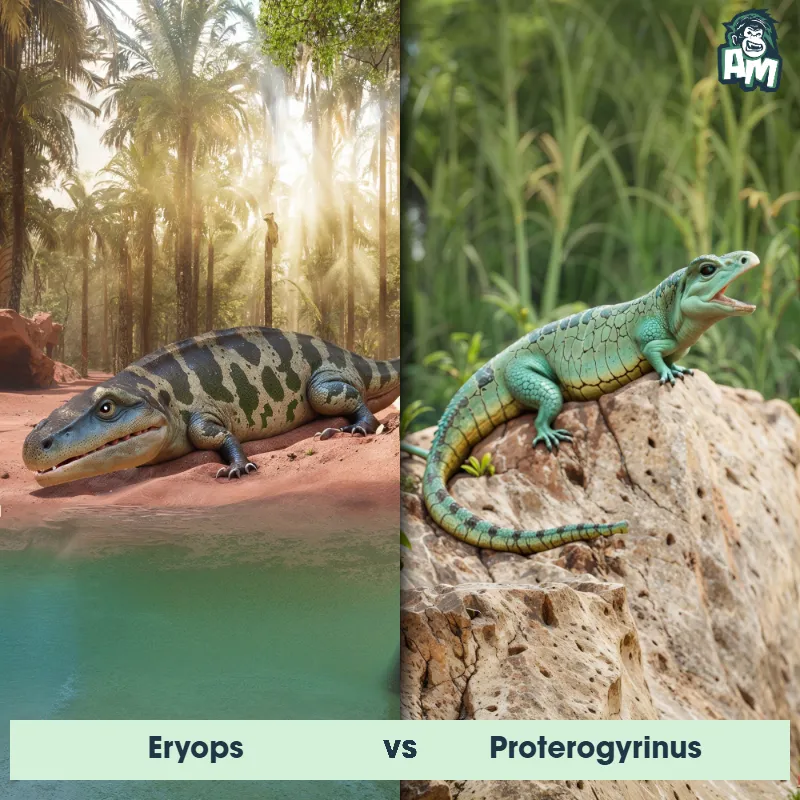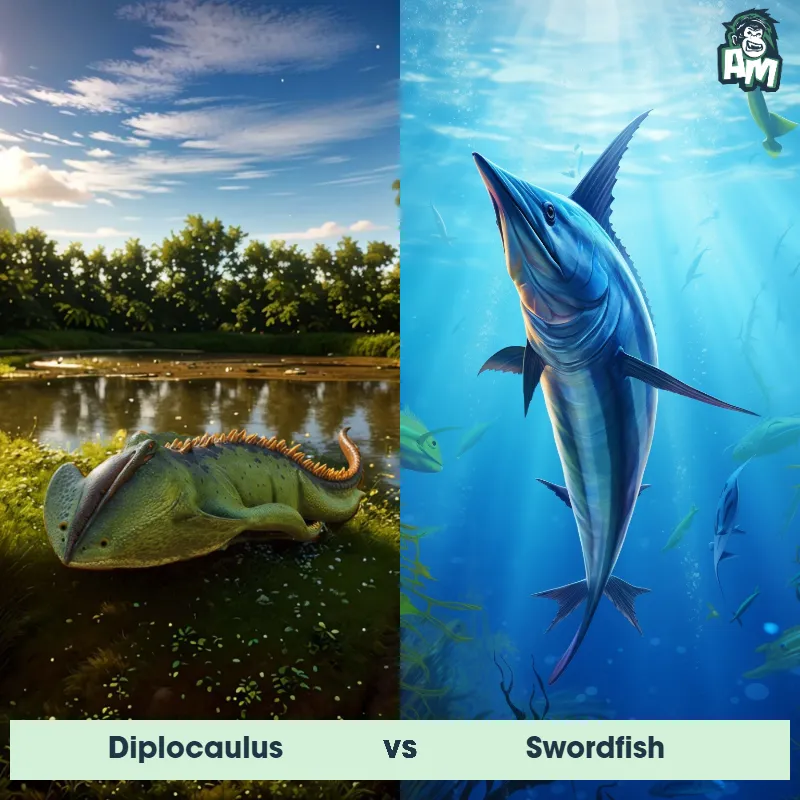Proterogyrinus vs DiplocaulusSee Who Wins
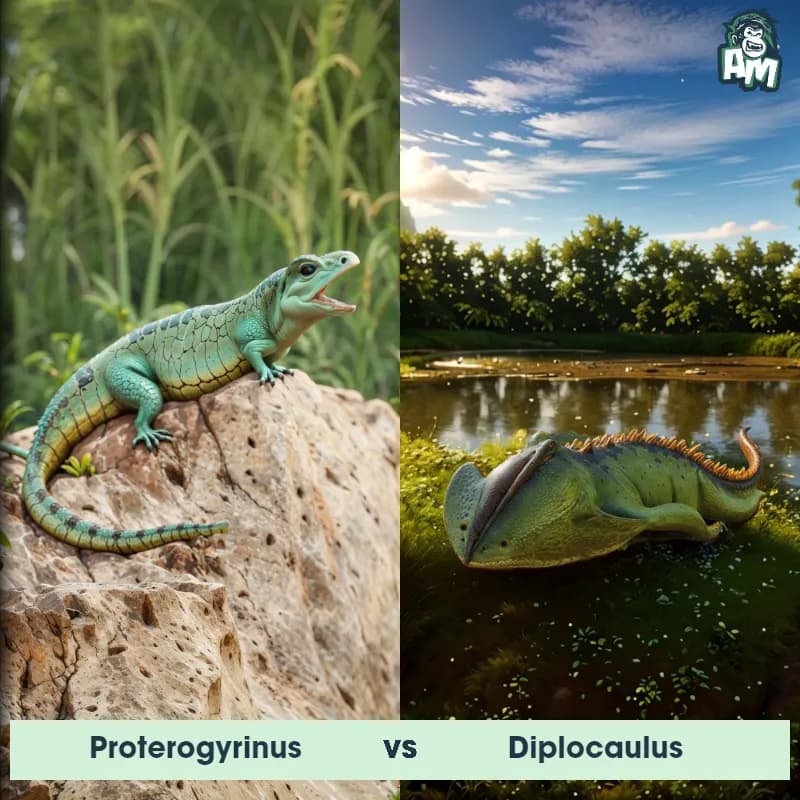
Welcome, ladies and gentlemen, to this epic matchup between two prehistoric aquatic giants. In the blue corner, we have the Proterogyrinus, with its long body and sharp teeth. And in the red corner, we have the Diplocaulus, known for its unique boomerang-shaped head. Let's see who will come out on top in this three-round fight!
Contender 1: Proterogyrinus
Proterogyrinus, also known as "Early Grooved Newt," was a prehistoric amphibian that lived during the Carboniferous period. It had a long, slender body with four strong legs, indicating its ability to move on land. This animal had a combination of fish-like and amphibian characteristics, such as gills for breathing underwater and lungs for breathing air. It likely hunted small fish and invertebrates in swamps and shallow waters.
Fun Fact: Proterogyrinus had the unique ability to breathe using both gills and lungs, making it well-adapted for survival in both aquatic and terrestrial environments.
Contender 2: Diplocaulus
The Diplocaulus, also known as the "boomerang-headed amphibian," was a prehistoric creature from the Permian period. It had a unique, boomerang-shaped skull that made it easily recognizable. This amphibian had short, stout legs and a streamlined body, perfect for swimming in the waters it inhabited. Its diet likely consisted of small fish and other aquatic organisms.
Fun Fact: One fun fact about Diplocaulus is that despite its appearance, the boomerang-shaped skull was not used as a weapon or for defense, but rather as a way to improve its buoyancy while swimming.
Matchup Stats
| Proterogyrinus | Diplocaulus | |
|---|---|---|
| Size | 3 feet (0.9 meters) | Approximately 2-3 feet (60-90 cm) in length |
| Weight | 20 pounds (9 kilograms) | Around 10-20 pounds (4.5-9 kg) |
| Speed | 15mph (24km/h) | 7 mph (11 km/h) |
| Key Strength | Powerful jaws | Speed and agility in water |
| Biggest Weakness | Slowness on land | Vulnerability on land |
Current Votes
Proterogyrinus vs Diplocaulus
See Who Wins
View More Matches
Looking For More?
Similar Matches
Scientific Stats
| Proterogyrinus | Diplocaulus | |
|---|---|---|
| Scientific Name | Proterogyrinus | Diplocaulus |
| Family | Proterogyrinidae | Diplocaulidae |
| Habitat | Swamps, Shallow Waters | Freshwater |
| Geography | North America, Europe | North America |
| Diet | Small fish, Invertebrates | Small fish and aquatic organisms |
| Lifespan | 10 years - 15 years | 10 years - 15 years |
Key Differences between Proterogyrinus and Diplocaulus
- Fossil record: Proterogyrinus fossils are primarily found in Carboniferous deposits in Europe and North America, while Diplocaulus fossils are more commonly found in Permian deposits in North America.
- Size: Proterogyrinus is significantly larger, reaching lengths of up to 2.5 meters, while Diplocaulus is smaller, typically measuring around 1 meter in length.
- Limbs: Proterogyrinus possesses well-developed limbs with digits, allowing for efficient movement on land and potentially in water, whereas Diplocaulus has small, stubby limbs that are not as efficient for terrestrial locomotion.
- Habitat: Proterogyrinus is believed to have been primarily terrestrial, while Diplocaulus is thought to have been predominantly aquatic, dwelling in freshwater environments.
- Skull: Proterogyrinus has a narrow, elongated skull with small eyes, in contrast to Diplocaulus which has a broad, flat skull with large, upward-facing eyes.
- Shape: Proterogyrinus has a long, streamlined body resembling that of a modern-day eel, whereas Diplocaulus has a distinctive boomerang-shaped head.



